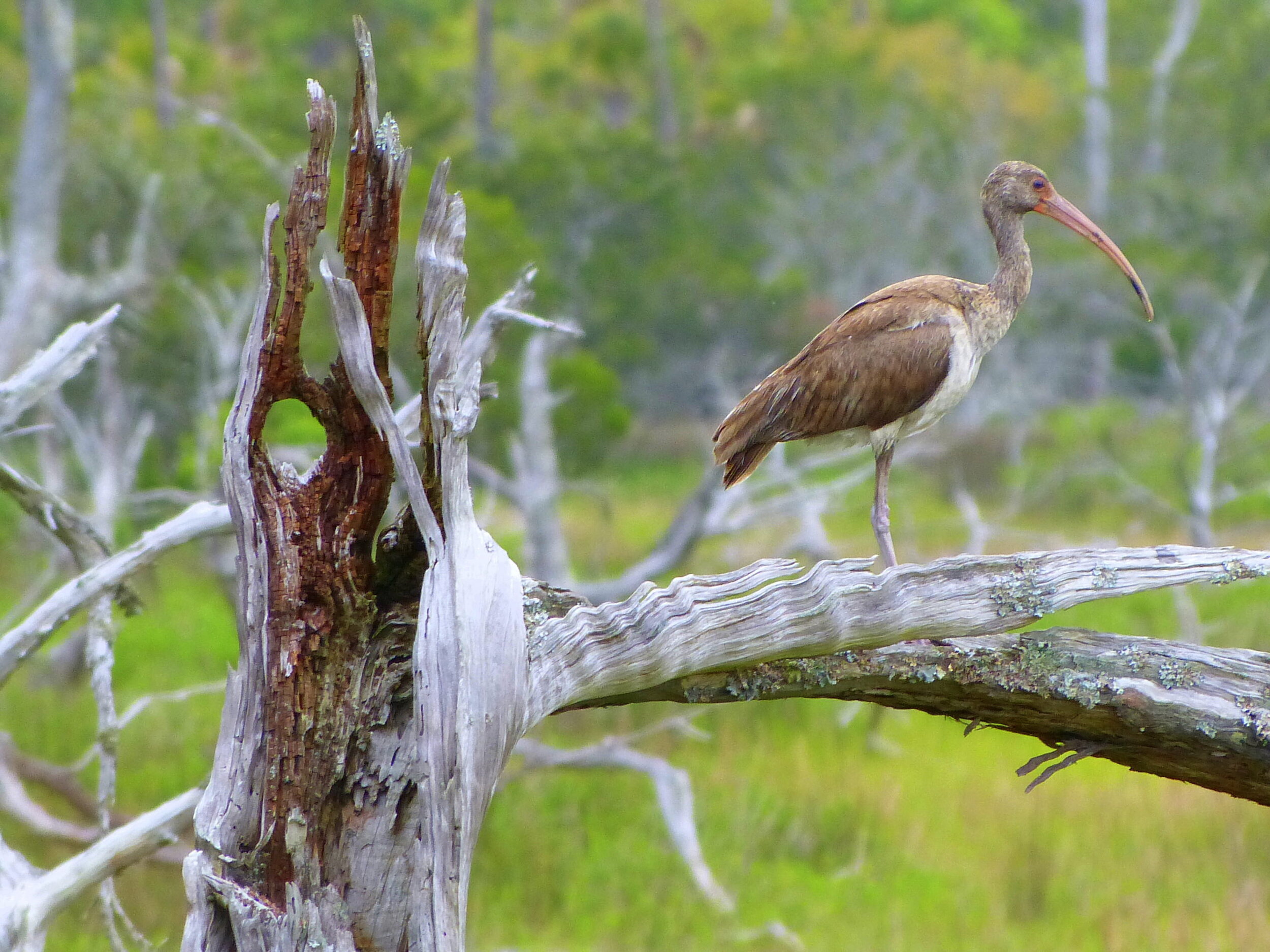What is photography doing in a flower show?
Origins of the GCA’s Photography Program
Smartphones with cameras are so common in today’s world that when you try to tell someone about something amazing you saw they might quip “pics or didn’t happen” — a prevalent meme on the internet today. American photographer Diane Arbus once said, “I really believe there are things nobody would see if I didn’t photograph them.” She, of course, was speaking to her work documenting marginalized groups and highlighting the importance of proper representation of all people, but when you think about nature photography these quotes take on a whole new meaning. Club members of The Garden Club of America have felt the passion and urgency to document the natural world — pollinators, native plants, landscapes, and gardens —for a long time.
GCA flower shows began to have photography divisions back in the early 2000s and in 2003 the board approved a pilot Photography Judging Program to train approved photography judges. Today photography is a division of every GCA flower show and entries are at an all-time high. The talent of our nearly 18,000 club members is astonishing and visitors of shows across the country rush to the displays with great excitement.
The GCA’s Conservation Committee chairman cites photography as a paramount conservation tool and goes on to say that it “connects and introduces us to what we need to protect and tells us a story of beauty, biodiversity, and majesty.”
Division III of this year’s show features 6 classes of stunning entries you won’t want to miss. An esteemed photography judge and vice chairman of the Photography Committee adds “The healing power of nature is used in many cultures such as Shinrin Yoku, Japan’s art of forest bathing. Feeling the subtle language of nature and allowing it to inspire your photographic vision can be healing for you and your viewer.”
So, what are you waiting for? Get out there and capture your world!







